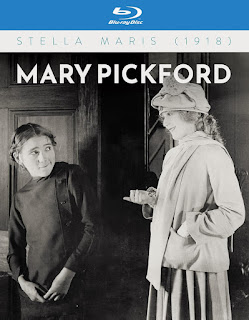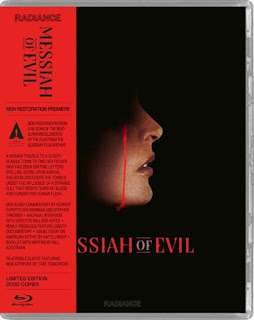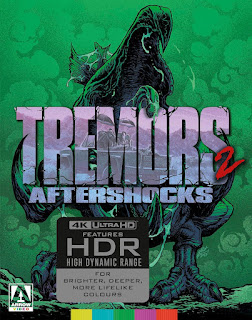Stella Maris

Silent cinema had a lot of firsts …many of which we’ll never see since 75% of the productions are completely lost. So even if 1918’s Stella Maris , starring Mary Pickford, isn’t the first example of an actor playing a dual role in a film, it’s certainly the most polished early example on record! Pickford first appears as the title character, a paralyzed young girl kept safe from the world’s problems by her wealthy relatives and wooed by a dashing suitor, John Risca. Risca however is saddled with an alcoholic wife who makes his life miserable. Not quite as miserable as their new adopted daughter, Unity (also played by Pickford), whom she beats senseless, winding up in prison for three years. Risca’s life takes a turn for the better, taking Unity under his wing and strengthening his bond with Stella Maris, who is finally able to walk after a successful operation. But after the three years are up, Risca’s wife r...






